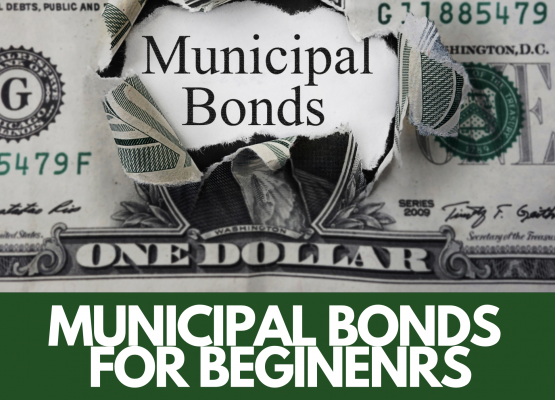Exchange-Traded Funds (ETFs) are innovative investment vehicles that combine the simplicity of stock trading, along with the diversified approach of mutual funds. At their core, ETFs are baskets of assets, which may include stocks, bonds, commodities, or real estate investments, that trade on stock exchanges similar to individual stocks. This unique structure allows investors to buy and sell shares of a broad portfolio of assets during regular trading hours, which means exchange traded funds offer significant flexibility, along with the accessibility that is not always available with traditional mutual funds.
Illustrative Examples of ETFs
To understand ETFs a bit better, let’s consider the Vanguard S&P 500 ETF (VOO), a good example of an index fund ETF. This fund offers investors exposure to the 500 largest U.S. companies, which essentially includes owning a tiny piece of many different sectors and industries across the U.S. economy, through a single investment. Purchasing shares of VOO is therefore similar to owning a fractional interest in all these companies, enabling you to participate in the collective performance of these firms with ease.
Another example worth noting is the SPDR Gold Trust (GLD), which focuses on gold bullion investing. By buying shares of GLD, investors indirectly invest in physical gold, with each share representing the equivalent of a 10th of an ounce of gold. This ETF therefore provides a straightforward avenue for adding gold to one’s investment portfolio, without the complexities of handling physical commodities.
Another example is the Vanguard Real Estate ETF (VNQ), which offers a different flavor by concentrating on Real Estate Investment Trusts (REITs), thereby granting investors exposure to the real estate sector through a diversified approach. This is particularly appealing for those who may be looking to include real estate in their portfolios, without dealing with the hassle (and expense) of purchasing physical property.
Advantages of ETFs
ETFs present several compelling benefits, including:
- Diversification: By holding a diversified portfolio within a single ETF, investors can reduce risk and enhance potential returns. For instance, combining stock-based ETFs like VOO with real estate-focused ones like VNQ can offer a balanced exposure to different market segments.
- Cost Efficiency: Many ETFs have very low transaction costs and/or expense ratios, which makes them an economical choice for investors. Index fund ETFs, in particular, are known for their minimal fees, as they passively track market indices without the need for active management.
- Convenience: The ease of trading ETFs—similar to stocks—allows investors to manage their investments flexibly, including the option to buy and sell shares throughout the trading day.
Considerations and Drawbacks
While ETFs are advantageous, they’re not without their drawbacks. The most notable is the expense ratio, which is a fee charged annually, and is typically based on the total assets under management. However, many ETFs, especially those tracking indices, maintain low expense ratios, making them a cost-effective option, relative to some actively managed funds, which includes mutual funds.
Investment Strategy and Goals
Before diving into ETF investing, it’s crucial to align your choices with your individual risk tolerance, investment goals, and overall strategy. Younger investors with a higher risk appetite, for example, might gravitate towards growth stocks or thematic ETFs, while those nearing retirement could prefer more stable, income-generating assets like bond ETFs or dividend stock ETFs.
Conclusion
ETFs have transformed the investment landscape, offering broad diversification, cost efficiency, and the flexibility to tailor portfolios across various asset classes. Whether you’re a seasoned investor or just starting out, understanding the nuances of ETFs can significantly contribute to a well-rounded investment strategy. As always, be sure to consider your specific investment goals, and be sure to consult with a financial advisor to tailor your investment approach to your specific needs if needed.




